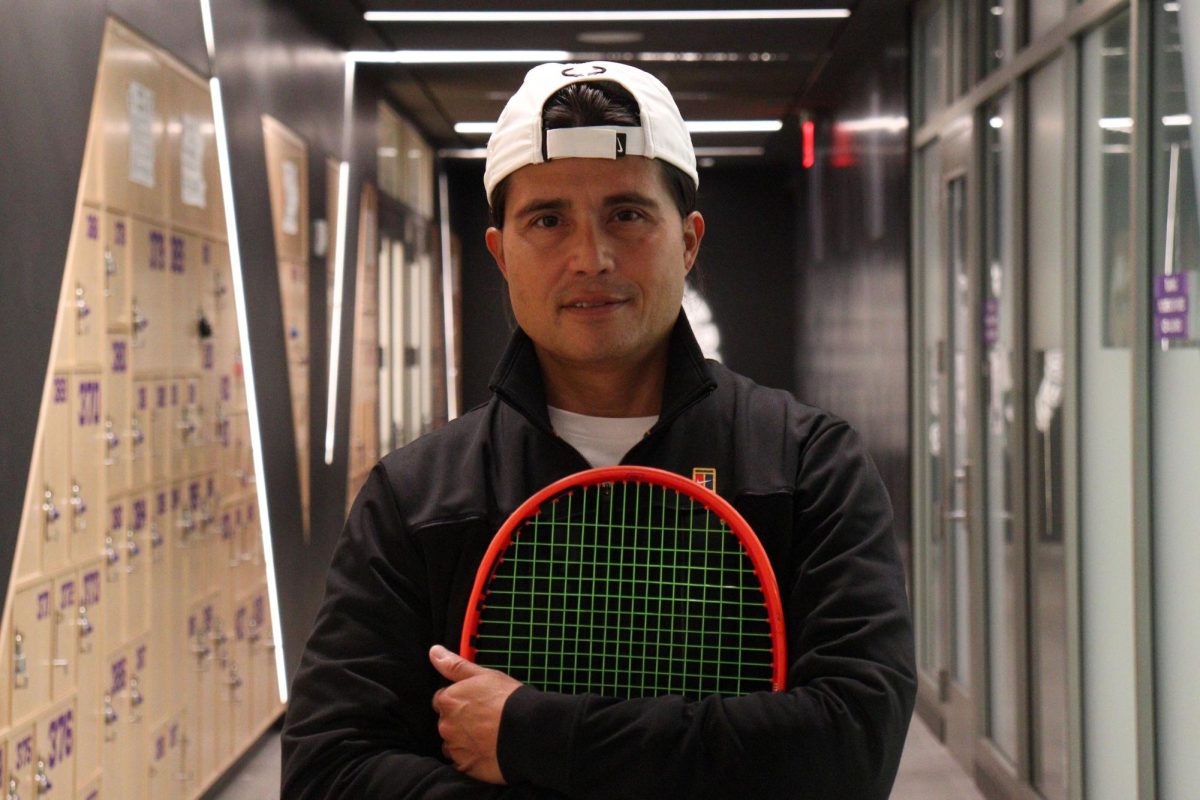
A team at NYU’s College of Dentistry has developed a procedure that decreases the amount of time required to wear braces.
The process is called micro-osteoperforation, which involves poking small holes into the patient’s gums using a special plastic drill called a Propel. The controlled injury allows porous bone tissue to form, and as a result, braces can move the teeth faster.
“It is based on biology of bone,” said Cristina Teixeira, the department chair of orthodontics at the dentistry school. “It shows that minor injuries to the bone can facilitate bone turnover and can facilitate swift movement.”
Teixeira led the team of 10 that developed the procedure, along with Mani Alikhani, director of the Consortium for Translational Orthodontic Research, a center for orthodontic scientists and clinicians.
According to an article the team published in 2010 in the Journal of Dental Research titled “Cytokine Expression and Accelerated Tooth Movement,” the test study was first conducted on 48 rats. The team’s research confirmed the process, which causes inflammation of gums, increases the rate of tooth movement.
“This research started as an animal study two years ago,” Teixeira said. “So it’s actually very different from a lot of things that are happening in the clinic. We first did the animal study and then we start doing it in the clinic, and now we completed the clinical trial.”
The article also addressed the possible side effects of the procedure. While micro-osteoperforation can accelerate bone remodeling and tooth movement, it can damage tooth and gum structure if not carefully performed.
“It is important to mention that inflammation is a two-sided sword,” the article said.
But Teixeira said the procedure has worked successfully on several patients, which the team showed in “Effect of micro-osteoperforations on the rate of tooth movement,” an article published in the American Journal of Orthodontics and Dentofacial Orthopedics in November of this year.
“We finally published the results of the clinical trial,” Teixeira said. “It was a controlled clinical trial [in which] we showed the accelerated movement. We’ve been doing this in the clinic for almost two years in our patients.”
Orthodontics professor Rebecca Poling said she believes patients will respond well to this procedure.
“One of the main concerns of patients is how long orthodontic treatment will take,” Poling said. “So doing accelerated treatment can reduce this treatment time by about half, which is significant. I think patients will want to have it done.”
Stern freshman Joyce Wang, who currently uses Invisalign teeth aligners instead of traditional braces, said she sees the benefit of teeth being fixed faster.
“If it is proven to be safe and healthy for the gums with no other risks, I think it is always good to have more products for consumers to choose from,” Wang said.
A version of this article appeared in the Tuesday, Dec. 10 print edition. Additional reporting by Klein Aleardi. Afeefa Tariq is a staff writer. Email her at [email protected].























































































































































